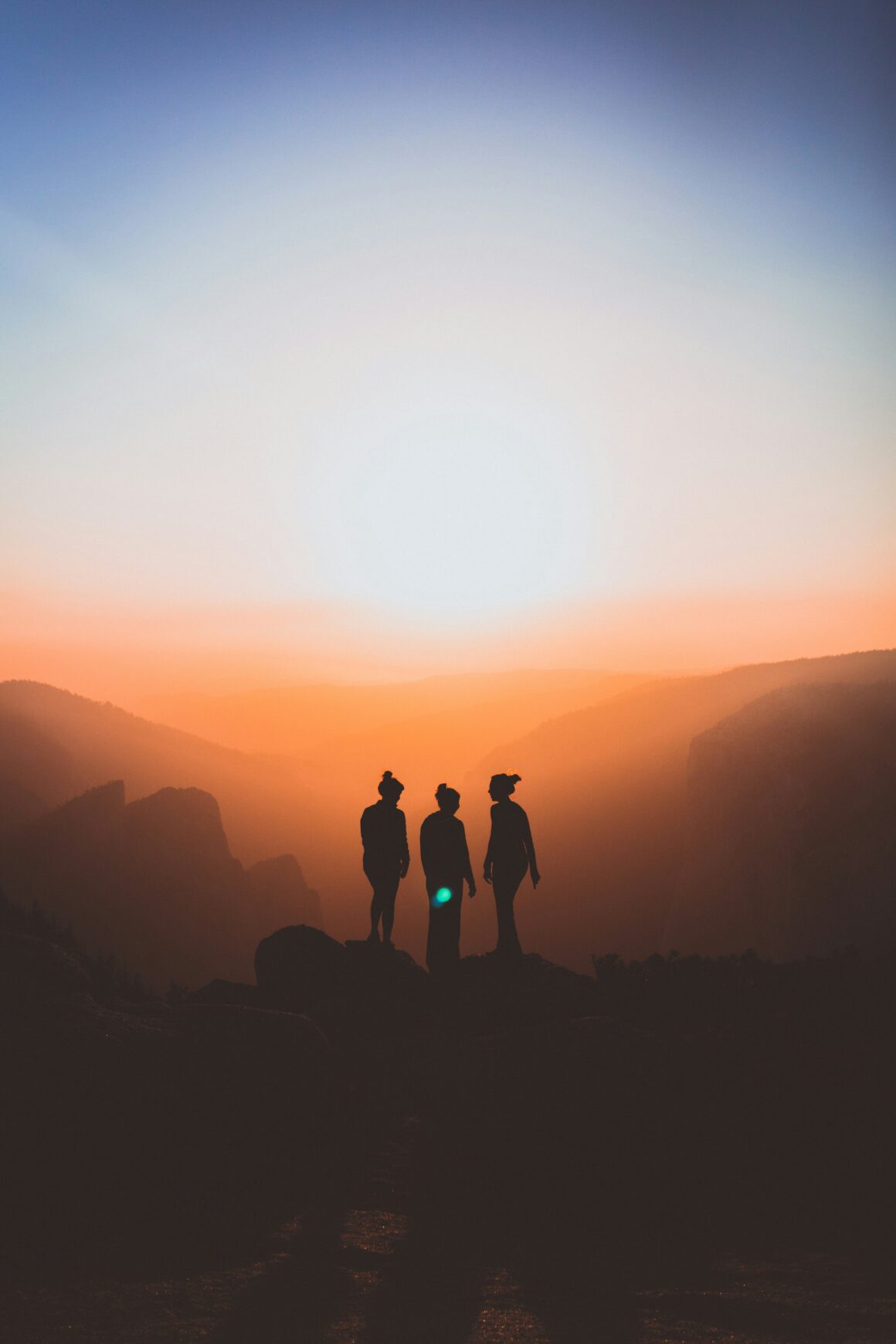Environmentally, many things on this planet are not thriving. The oceans are being polluted, sea turtles are dying at rapid rates, and not most know the importance of starting a change. Rhinos, which are usually known for their big curved horn, are no exception. Most experts expect that the once most populous species of rhino will be completely extinct in less than ten years in South Africa, which is also the most populous place of habitat.
Rhinos have impacted the majority of South Africa’s environment, specifically creating a more diverse ecosystem. Many don’t think that it is rational to continue on as mankind has with relentless poaching or expect a limitless supply of already-scarce wildlife, and those opinions are not unwarranted.
Rhinos are critical to the environment, and they need to be protected at all costs. They, known as the ‘umbrella’ species, cover a wide variety of jobs and responsibilities. But their most important ones are protecting other species, such as elephants and tigers, as well as offering jobs to people from their large tourism numbers. This is why their presence is extremely necessary, just as their absence would be catastrophic.
Let’s start by talking numbers— poaching numbers to be exact. In 2017, there were 1,028 reported rhino deaths. The next year, we helped a little, and in 2018 the poaching numbers went down by 259. But no matter the decrease, there are still at least 2 rhino deaths daily, all from the effects of poaching.

Here’s one organization that is helping. The WWF, or the Worldwide Wildlife Fund, is making monumental strides with the #protecttherhino movement. This specific organization has been invoking rhino conservation for over 50 years ceaselessly. Specifically, they’ve been expanding protected areas that created, isolated from any poachers, and have improved monitoring in areas where poaching is common. They also push for rhino adoptions, which help protect them whilst they stay in their natural environment.
Dr. Barney Long, a WWF Asian Species Expert, once said, “Rhinos have been an integral part of the natural world for tens of millions of years, and human kind is causing dramatic declines in just a few decades. We can change that outcome.”
There’s a project called The Australian Rhino Project, that breeds less common rhinos in Australia as a sort of insurance for the scary statistics that is South Africa’s rhinos. It’s important to note that two of the most endangered species of rhinos are the Javan and Sumatran, and in 2011 a subspecies of Javan went under and completely extinct from lack of wildlife. That’s why this breeding is imperative to conservation efforts.
And this is why we should help the programs mentioned, fund them and create an environment where kids/grandkids can know what rhinos are without the word ‘extinct’ being involved.
Featured Image: Unsplash




